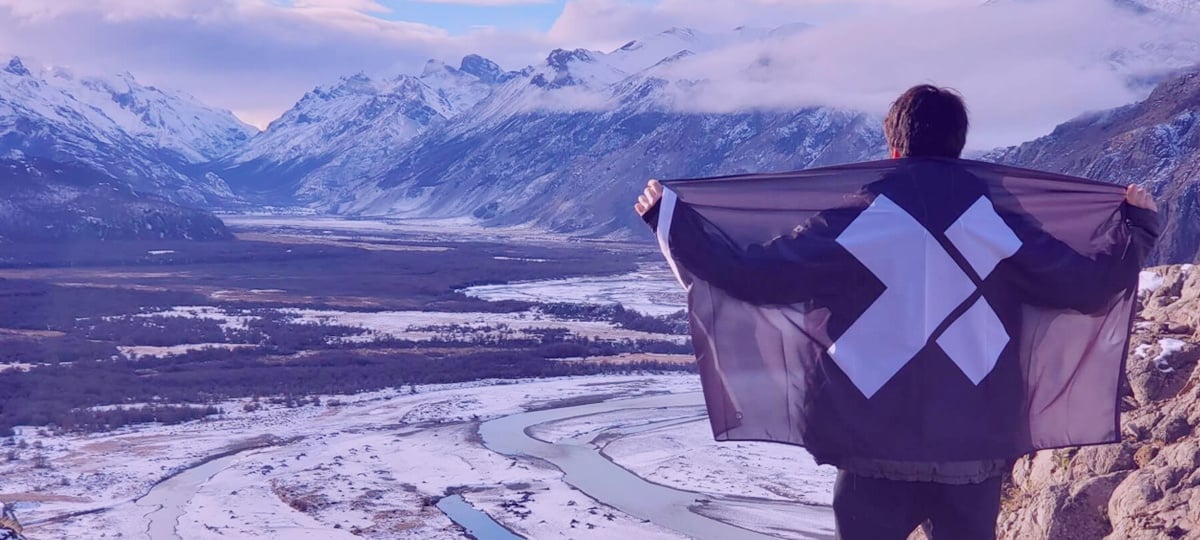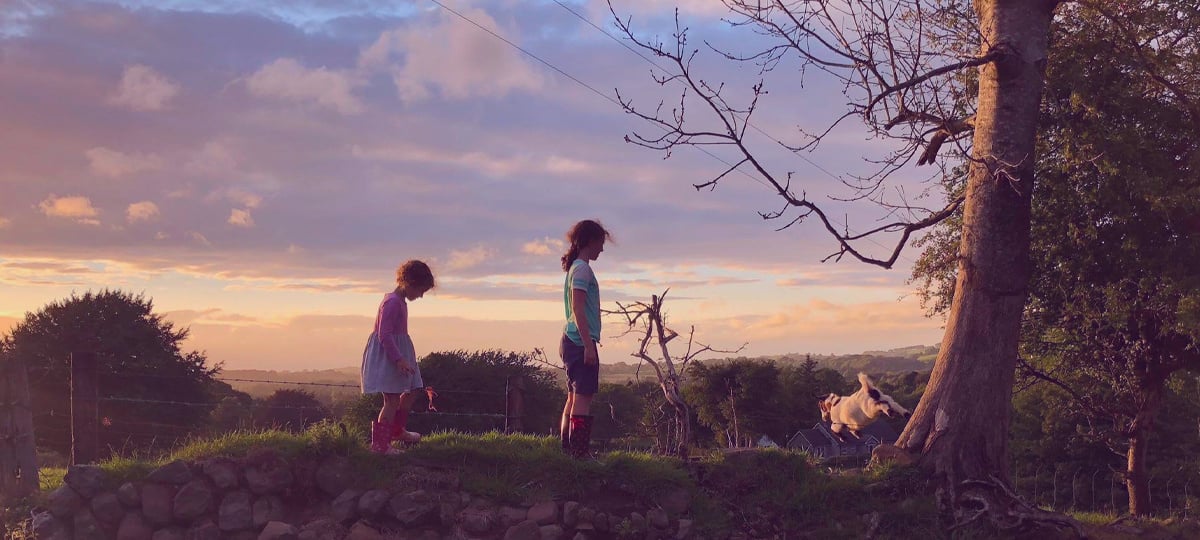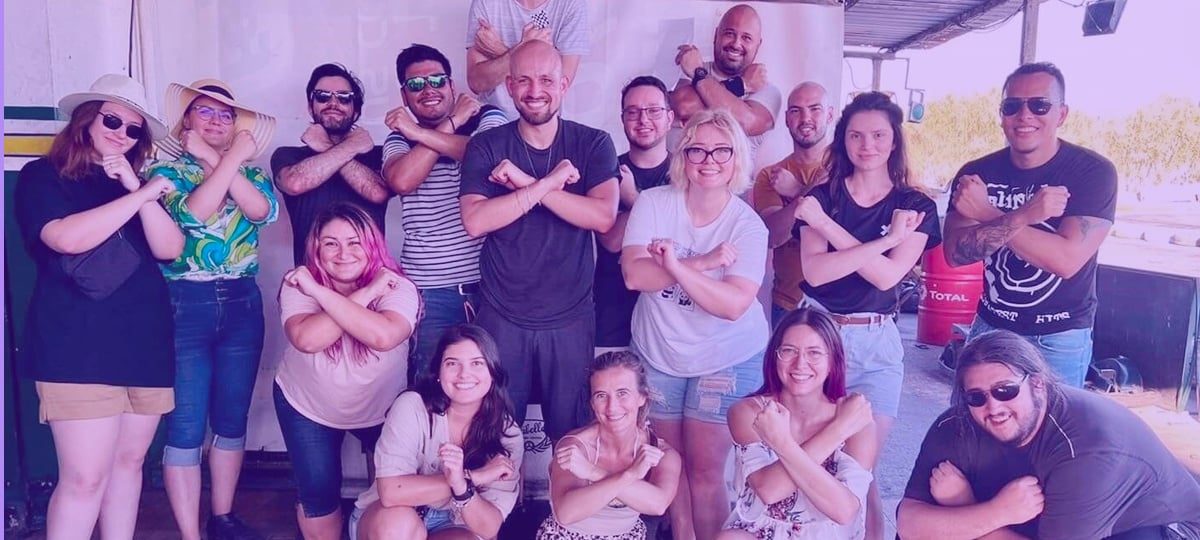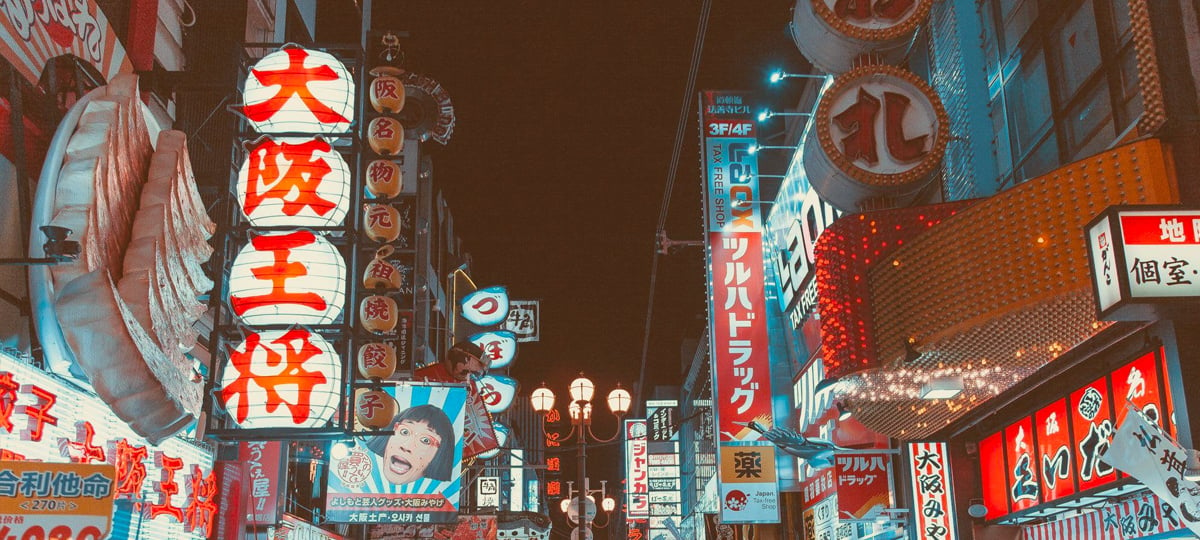
Japan is a uniquely intriguing travel destination. It's a country where you should take care of chopstick etiquette when eating and where you travel by bullet train between its busy cities. It's the birthplace of manga, judo, cosplay, CRISPR, instant noodles, the QR code, and much more.
Japan consists of around 6,852 islands, although four islands make up 97% of its total land mass. With a population of 127 million, Japan is the second-most populous island country after Indonesia. It's a highly developed country and it has the highest life expectancy in the world (86.8 for women and 80.5 for men).
In early April, after we spent a few weeks in the Philippines and Thailand, we gathered in Japan next. In Osaka, more specifically. We chose Osaka over Tokyo, because it was the time of year when all the cherry blossom trees started blooming, and Kyoto, which is reasonably close to Osaka, is well-known for having a beautiful cherry blossom season.
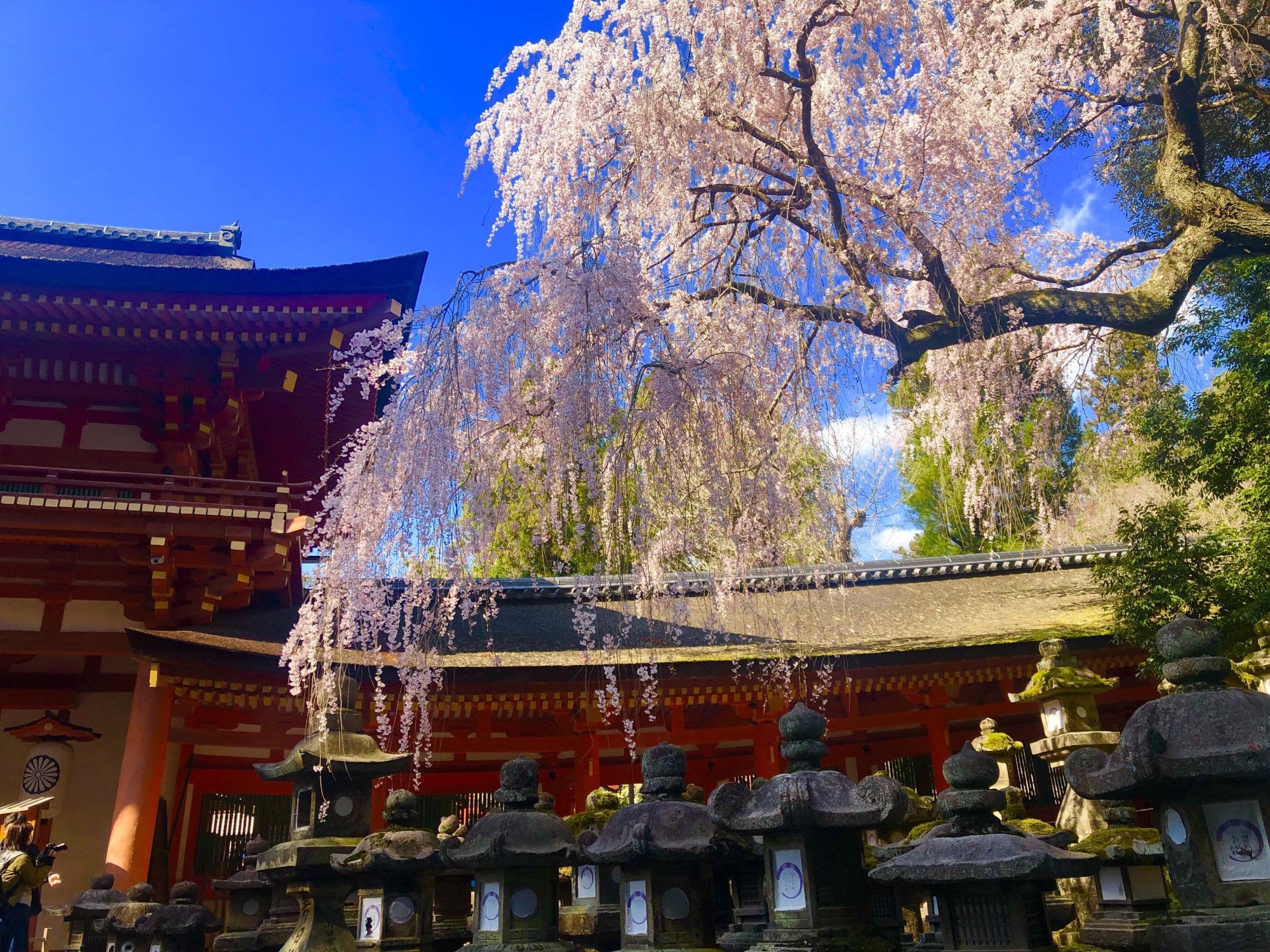
The Nation's Kitchen
Osaka is known as tenka no daidokoro (天下の台所 - the nation's kitchen) because it used to be where rich merchants and feudal lords traded and stored rice, produce, and other culinary goods. Today, however, it's the nation's kitchen because it has an incredibly rich and delicious cuisine, something we took great advantage of.



Osaka is a joy to walk around in. Its architecture is unlike anything we'd ever seen before. Every building looks unique, with many having a decorated entrance to represent what's inside. Opening Google Maps and walking towards our chosen point of destination was an adventure in itself.



Despite only having a few days in Osaka, and despite having a full work schedule, we visited as many places as we could. We walked around in the Dōtonbori district, played arcade games in the Round 1 Stadium (eleven floors of full of games!), learned Japanese history at the Osaka Castle, and went to Kayiukan, the world's largest aquarium.


The Eternal City
Kyoto, only one hour from Osaka by shinkansen train, was the Imperial capital for most of Japan's history. Compared to Osaka, Kyoto felt much more like traditional Japan. Many people walked around wearing kimonos and the city is full of Buddhist temples and Shinto shrines.
We visited the Fushimi Inari Taishi (伏見稲荷大社), a shrine at the base of a mountain that has 10,000 torii gates leading to the top of the mountain, as well as the Sanjūsangen-dō temple (三十三間堂), which has 1,001 standing statues of Kannon, and the Kiyomizu-dera (清水寺), a Buddhist temple that's a UNESCO World Heritage site.



Despite Kyoto being full of religious places, its city center felt very modern: tall, glass buildings, business centers, shopping malls, etc... Its railway station, too, is particularly modern and impressive. The size of it makes you feel very small, as if you as an individual matter little in the grander scheme of society.
Last but not least, we visited a "fire ramen" place in Kyoto, a restaurant where they light ramen on fire. The flames were licking the ceiling and nearly scorched our eyebrows off.
Refreshed and Energized
Whenever we weren't traveling or exploring Japan, we were working. Most of us found a good routine working early in the morning and late in the evening. The place we stayed at in Osaka was beautiful and, most importantly, had Internet that never let us down.
We were productive, because we wanted to explore. It might require a bit more planning and good task management, but the best of both worlds is possible: you can travel while working remotely. The X-Outpost Japan forcibly reaffirmed this. It's a unique travel destination; one that should be high on everyone's list.
TABLE OF CONTENTS
